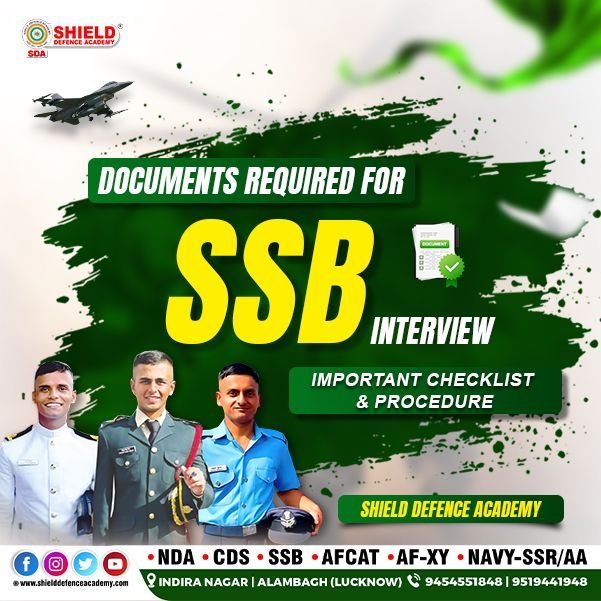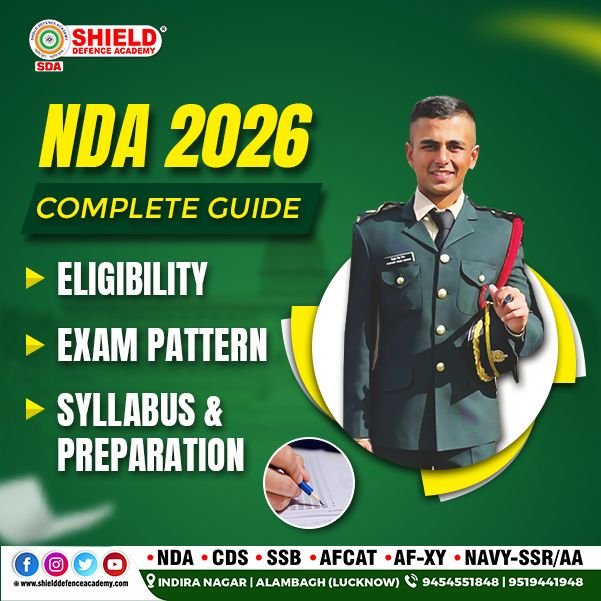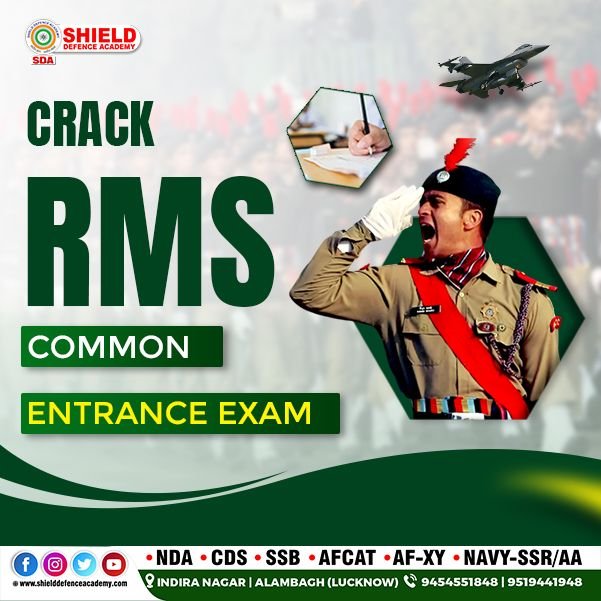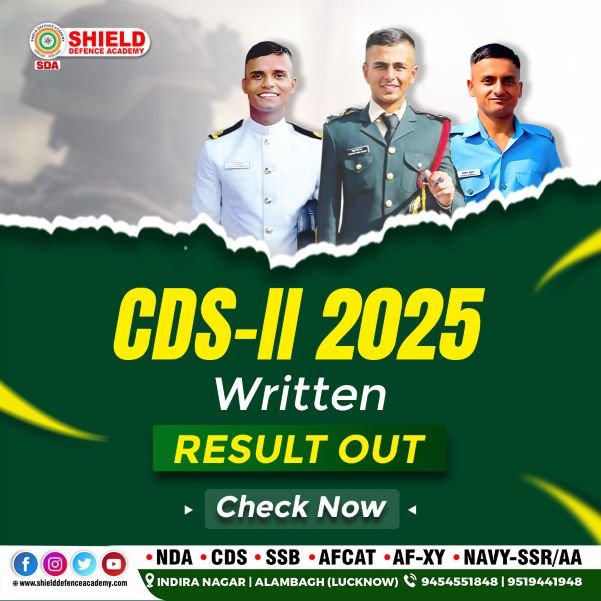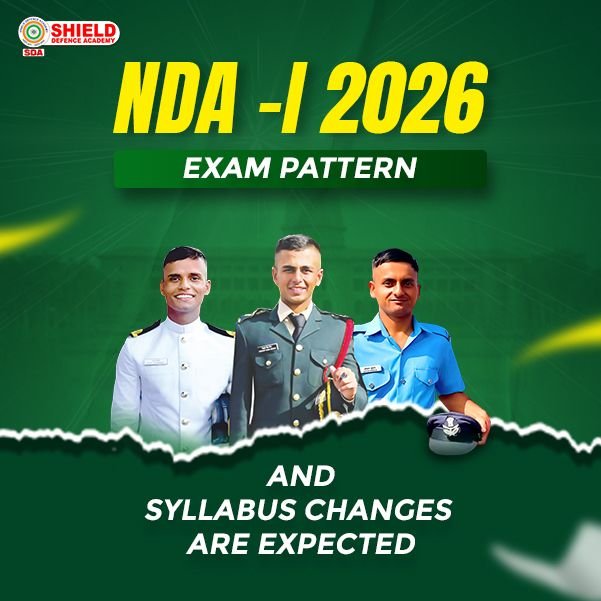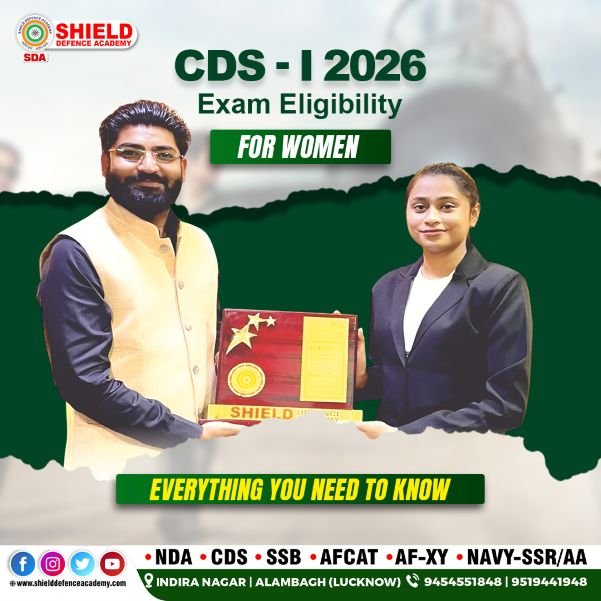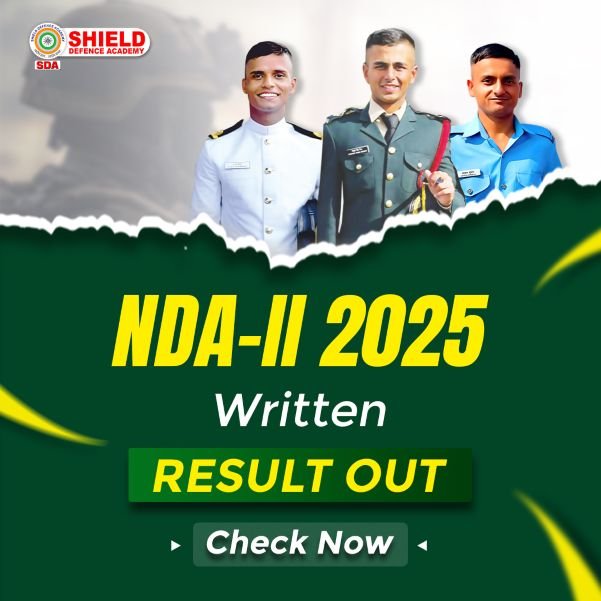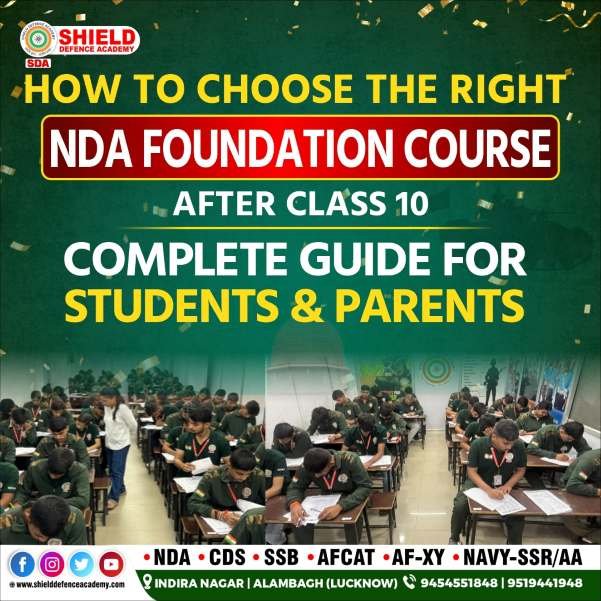How to Write a Good PPDT Story in SSB Interview
Have you ever looked at a blurred image and been told, “Make a story out of it in 4 minutes”? That’s the PPDT round in SSB for you. It might sound simple, but your selection or rejection can depend on this one test. In this guide, we’ll break down How to Write a Good PPDT Story in the SSB interview and boost your chances of cracking the screening stage like a pro.

🔍 What is PPDT in SSB Interview?
PPDT stands for Picture Perception and Discussion Test. It’s conducted during Stage I of the SSB screening process. You’ll be shown a hazy picture for 30 seconds and asked to:
-
Write a story based on it in 4 minutes.
-
Narrate it in front of a group.
-
Discuss and form a common story as a group.
📌 Why PPDT is Crucial for Recommendation?
Many candidates are screened out just because they didn’t perform well in the PPDT. It checks:
-
Observation skills
-
Thinking under pressure
-
Storytelling ability
-
Communication
-
Team behavior
🧠 Understanding PPDT – Picture Perception and Discussion Test
PPDT is not just about writing a random story. It evaluates whether your personality reflects the Officer Like Qualities (OLQs). The assessors silently observe:
-
How you perceive things
-
How you think and act in a situation
-
Your natural behavior in group discussion
📝 Basic Structure of a PPDT Story
Here’s a standard format to follow while writing your story:
-
Introduction of Characters
-
Background Setting
-
Problem or Situation
-
Action by Main Character
-
Solution and Result
-
Positive Ending
Keep the story realistic, time-bound, and hero-centric.
👁️🗨️ How to Observe the Picture Like a Pro
In the first 30 seconds:
-
Look for number of characters, age, gender, mood.
-
Note the background and surroundings.
-
What activity is happening?
-
Who is your hero?
A trained observer catches the mood, theme, and possibilities in a glance.
🧭 Planning Before Writing
Before the pen touches paper, form a mental map:
-
Who is your central character?
-
What is the issue?
-
What action will the hero take?
-
What will be the outcome?
Use the 30-second pause wisely to set this framework in mind.
✍️ How to Write a Good PPDT Story
Here’s the real deal. When you ask, “How to Write a Good PPDT Story,” here’s the answer:
-
Be clear and structured.
-
Use simple language and short sentences.
-
Keep it logical and positive.
-
Avoid being overly dramatic or filmy.
-
Show leadership through the hero’s action.
Make sure your story isn’t too imaginative but practical and relatable to real-life situations.
🎭 Character Identification Tips
Use the AGE-GENDER-MOOD (AGM) technique. For example:
-
Male, 20 yrs, Positive
-
Female, 30 yrs, Sad
Pick your main character based on this trio.
⏱️ Time Management in Writing
Break the 4 minutes like this:
-
30 sec: Think
-
1 min: Setup and background
-
1.5 min: Problem and action
-
1 min: Result and ending
Keep your pen moving, but don’t rush.
🧱 The Golden 7-Line PPDT Formula
Here’s how you can frame it:
-
Character details (Name, Age, Gender, Mood)
-
Their current situation
-
Problem identified
-
Thought process of the hero
-
Action taken
-
Results achieved
-
Positive conclusion
❌ Common Mistakes Candidates Make
-
Writing a negative or tragic story
-
Making the story unrealistic
-
Using fancy language or big words
-
Making the hero a passive observer
-
Forgetting the purpose of the test
🦸 How to Frame a Hero-Centric Story
The hero is YOU. Make him/her act, plan, and solve. Showcase:
-
Responsibility
-
Awareness
-
Decision-making
-
Team coordination
Let the hero lead and succeed.
🎯 Linking the Story to OLQs (Officer Like Qualities)
Without mentioning them directly, your story should reflect:
-
Leadership
-
Courage
-
Adaptability
-
Initiative
-
Organising ability
A good PPDT story subtly mirrors these.
📚 Sample PPDT Stories
✅ Positive Sample
-
Ravi, a 22-year-old NCC cadet, notices a flood in his village. He quickly contacts the local authority, organizes volunteers, and rescues stranded villagers. His timely action saves lives. Eventually, he is recognized for bravery.
❌ Negative Sample
-
A man sees a child drowning, panics, calls for help, but waits for others to act. The child is rescued, but the main character did nothing.
What went wrong?
Hero showed no initiative, no planning, and no leadership.
🗣️ PPDT Narration Tips
-
Start confidently: “My story is about a boy named Aryan…”
-
Speak clearly, don’t rush.
-
Maintain eye contact with group members.
-
Practice at home to reduce nervousness.
🤝 Group Discussion Techniques
-
Don’t shout or argue.
-
Support logical ideas.
-
Try to initiate or summarize the discussion.
-
Aim to lead the group towards group story formation.
🏁 Conclusion
Mastering how to write a good PPDT story can be your golden ticket to cracking the SSB screening stage. With Shield Defence Academy in Lucknow you can get all the details and practice session So why wait? Join today. With the right balance of observation, structure, and delivery, you can stand out from the crowd. Remember, your story is a reflection of who you are and the kind of officer you aspire to be.
❓ FAQs
1. Can I use the same PPDT story format every time?
Yes, the structure remains same, but content must align with the picture.
2. Is grammar important in PPDT story?
Clarity is more important than grammar. Avoid mistakes, but keep it simple.
3. Can I write a story in past tense?
Yes. Past tense is preferred and feels natural for narration.
4. How long should my PPDT story be?
Ideally 80-100 words — enough to convey a complete and clear message.
5. How to practice PPDT effectively at home?
Use Google Images, set a timer, write stories, record your narration, and self-review.


